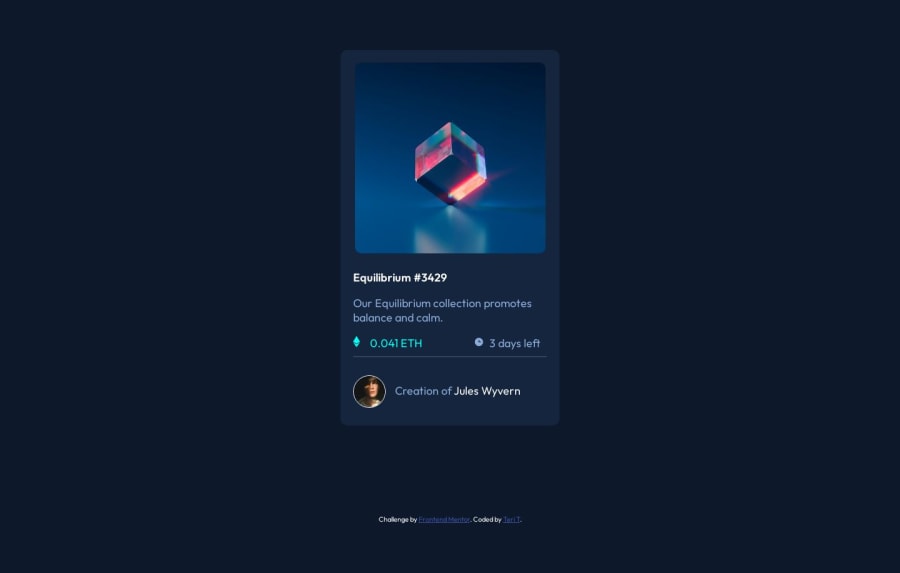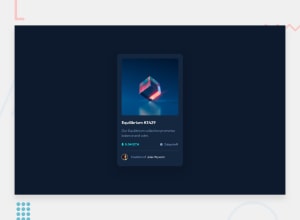
Design comparison
SolutionDesign
Solution retrospective
Hi everyone. I haven't figured our how to bring the light blue hover overlay to the front of the card. I tried using z-index but couldn't figure that out. What is preventing the hover effect? Once I get that figured out, I will fix the opacity and make other changes as needed.
I appreciate any help or other feedback. Thank you!
Community feedback
Please log in to post a comment
Log in with GitHubJoin our Discord community
Join thousands of Frontend Mentor community members taking the challenges, sharing resources, helping each other, and chatting about all things front-end!
Join our Discord
